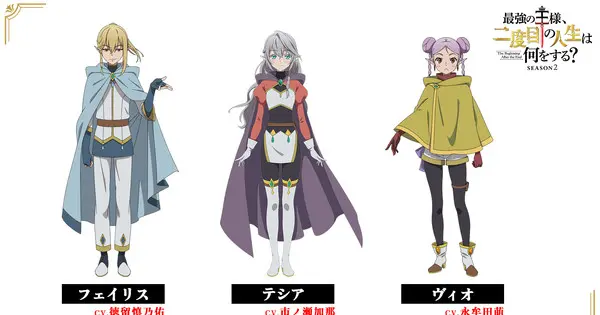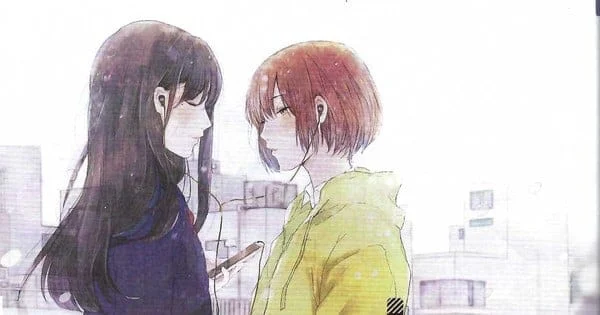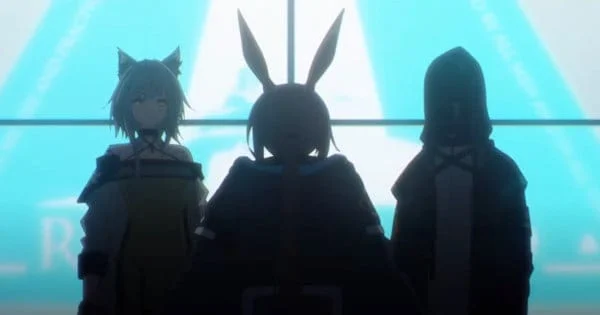Gou Tanabe’s manga adaptation of H.P. Lovecraft’s “The Call of Cthulhu” has been honored with the 2024 Bram Stoker Award for Superior Achievement in a Graphic Novel. This prestigious award, given by the Horror Writers Association (HWA), recognizes outstanding works in the horror and dark fantasy genres. Tanabe’s meticulous and haunting adaptation brings Lovecraft’s cosmic horror to life in a visually stunning and deeply unsettling way, solidifying his reputation as a master of manga horror.
The Bram Stoker Awards: Celebrating Horror Excellence
The Bram Stoker Awards, established in 1987, are presented annually by the Horror Writers Association. They recognize superior achievement in various categories, including novels, short fiction, screenplays, and graphic novels. The awards are named after Bram Stoker, the author of “Dracula,” and are highly regarded within the horror community. The winners are selected by active members of the HWA, making them a true reflection of peer recognition and genre excellence. The 2024 Bram Stoker Awards were announced at StokerCon 2025 in Stamford, Connecticut.
Other Notable Winners of the 2024 Bram Stoker Awards Include:
- Superior Achievement in a Novel: The Haunting of Velkwood by Gwendolyn Kiste.
- Superior Achievement in a First Novel: The Eyes Are the Best Part by Monika Kim.
- Superior Achievement in a Screenplay: The Substance by Coralie Fargeat.
- Superior Achievement in Long Fiction: Coup de Grâce by Sofia Ajram.
- Superior Achievement in Short Fiction: “Versus Versus” by Laird Barron.
- Superior Achievement in a Fiction Collection: Love is a Crematorium and Other Tales by Mercedes M. Yardley.
- Superior Achievement in an Anthology: Discontinue If Death Ensues: Tales from the Tipping Point by Carol Gyzander and Anna Taborska.
Gou Tanabe: A Master of Lovecraftian Manga
Gou Tanabe is a Japanese manga artist renowned for his adaptations of H.P. Lovecraft’s works. Born in Tokyo, Japan, Tanabe’s interest in Lovecraft began when his publisher introduced him to the Cthulhu Mythos. He was particularly struck by the themes of characters losing hope and their appetite for life, a common thread in Lovecraft’s stories. His detailed and atmospheric style perfectly captures the sense of cosmic dread and existential horror that defines Lovecraft’s writing. Tanabe’s adaptations are not mere translations of the stories into manga form; they are transformative works that add a new layer of depth and visual interpretation to Lovecraft’s vision.
Tanabe’s Lovecraftian Adaptations
Tanabe has adapted several of Lovecraft’s most famous stories into manga, including:
- The Hound and Other Stories (2014): This collection includes “The Hound,” “The Temple,” and “The Nameless City.”
- The Colour Out of Space (2015)
- The Haunter of the Dark (2016)
- At the Mountains of Madness (2016-2019): A two-volume adaptation of Lovecraft’s classic Antarctic horror story.
- The Shadow Out of Time (2018)
- The Call of Cthulhu (2019): Winner of the 2024 Bram Stoker Award.
- The Shadow Over Innsmouth (2021)
- The Dunwich Horror
- The Cats of Ulthar and Other Stories
- Randolph Carter’s Story
His adaptation of “At the Mountains of Madness” is often cited as his magnum opus. The two-volume series meticulously depicts the doomed scientific expedition to Antarctica and their encounter with the remains of an ancient alien civilization. Tanabe’s art brings the horrifying, incomprehensible entities known as the Elder Things to life in a way that is both terrifying and awe-inspiring.
The Art of Adaptation: Capturing Lovecraft’s Essence
Tanabe’s success lies in his ability to translate Lovecraft’s abstract and often indescribable horrors into a visual medium. He achieves this through:
- Detailed Artwork: Tanabe’s art is incredibly detailed, capturing the intricate architectural designs of ancient ruins and the grotesque forms of cosmic entities.
- Atmospheric Settings: He masterfully creates a sense of atmosphere through the use of chiaroscuro, shadows, and detailed backgrounds, immersing the reader in the story’s unsettling world.
- Faithful Adaptation: While adding his own artistic interpretation, Tanabe remains faithful to the original stories, preserving the core themes and ideas of Lovecraft’s work.
H.P. Lovecraft’s “The Call of Cthulhu”: A Cornerstone of Cosmic Horror
“The Call of Cthulhu,” first published in 1928, is one of H.P. Lovecraft’s most famous and influential stories. It introduces the Great Old One Cthulhu, a monstrous entity slumbering in the sunken city of R’lyeh in the Pacific Ocean. The story is told through the fragmented accounts of various characters who uncover pieces of the Cthulhu mythos, leading them to madness and despair.
Key Elements of “The Call of Cthulhu”:
- Cosmic Horror: The story explores the insignificance of humanity in the face of vast, ancient cosmic forces.
- Ancient Civilizations: It delves into the history of ancient civilizations that worshipped Cthulhu and other Great Old Ones.
- Madness and Despair: The story’s protagonists are driven to madness as they confront the terrifying reality of Cthulhu’s existence.
- The Cthulhu Mythos: “The Call of Cthulhu” laid the foundation for the Cthulhu Mythos, a shared fictional universe that has inspired countless writers, artists, and game designers.
Tanabe’s Adaptation: A Visual Masterpiece
Tanabe’s manga adaptation of “The Call of Cthulhu” is a visual masterpiece that perfectly captures the story’s themes of cosmic horror and existential dread. The 288-page adaptation is notable for:
- Detailed Illustrations: Tanabe’s meticulous artwork brings the story’s terrifying creatures and unsettling landscapes to life.
- Atmospheric Use of Black and White: The manga is primarily in black and white, with shades of gray, which enhances the story’s dark and foreboding atmosphere.
- Faithful to the Source Material: Tanabe’s adaptation remains faithful to Lovecraft’s original story, preserving its core themes and ideas.
- Special Features: The manga includes a title page in silver ink and eight pages in full color, adding to its visual appeal.
Why This Award Matters
The Bram Stoker Award for Gou Tanabe’s “The Call of Cthulhu” is significant for several reasons:
- Recognition of Manga as a Horror Medium: It acknowledges the growing popularity and artistic merit of manga as a medium for horror storytelling.
- Validation of Lovecraftian Adaptation: It celebrates Tanabe’s successful translation of Lovecraft’s complex and often challenging stories into a visual format.
- Promotion of Horror Literature: It brings attention to both Lovecraft’s original work and Tanabe’s adaptation, encouraging more readers to explore the world of cosmic horror.
- Appreciation of Artistic Skill: It recognizes Tanabe’s exceptional artistic skill and his ability to create a truly immersive and unsettling reading experience.
Dive Deeper into Tanabe’s World
For those interested in exploring Gou Tanabe’s manga adaptations of H.P. Lovecraft’s works, “The Call of Cthulhu” is an excellent starting point. Other notable adaptations include “At the Mountains of Madness,” “The Shadow Over Innsmouth,” and “The Hound and Other Stories.” These works offer a unique and visually stunning perspective on Lovecraft’s cosmic horror, showcasing Tanabe’s mastery of the manga medium. Dark Horse Comics has released English translations of several of Tanabe’s works, making them accessible to a wider audience.
Gou Tanabe’s Bram Stoker Award is a well-deserved recognition of his exceptional talent and his dedication to bringing H.P. Lovecraft’s vision to life in the world of manga. His adaptations are not just interpretations; they are transformative works that capture the essence of Lovecraftian horror and offer a chilling and unforgettable reading experience.










